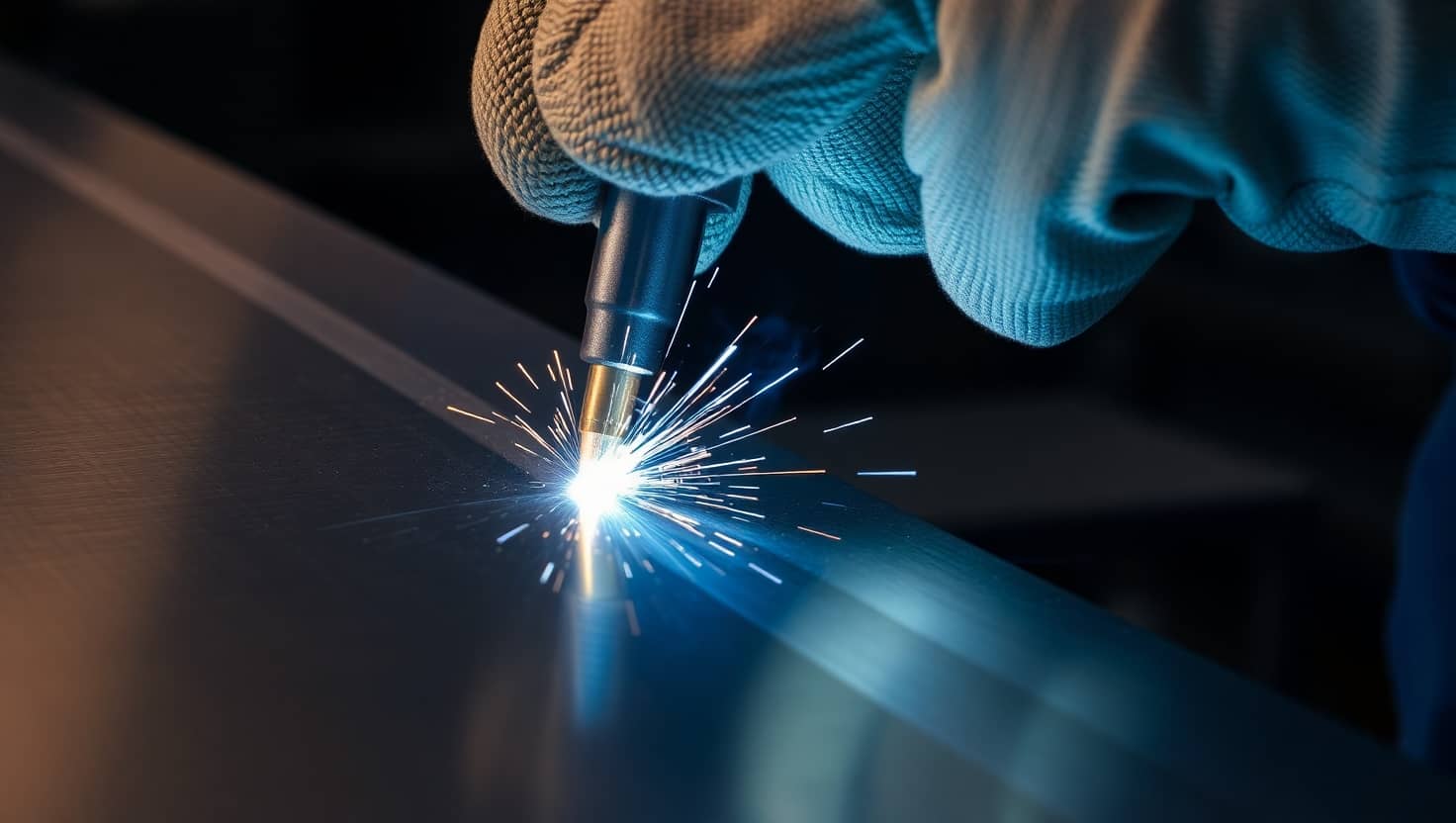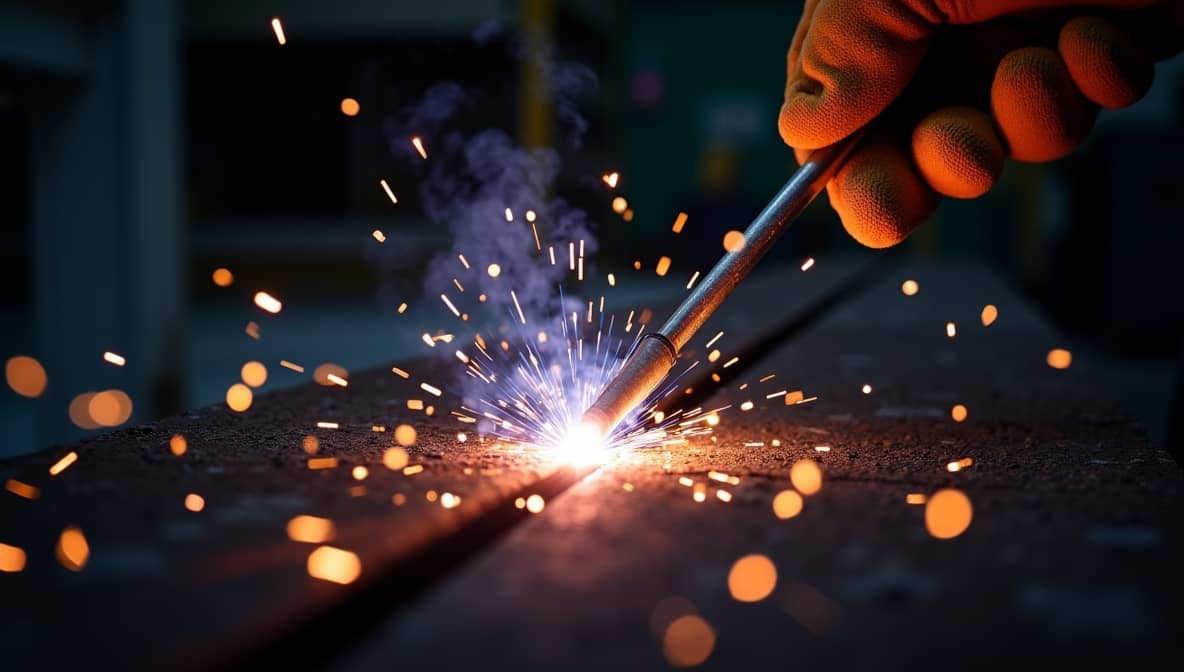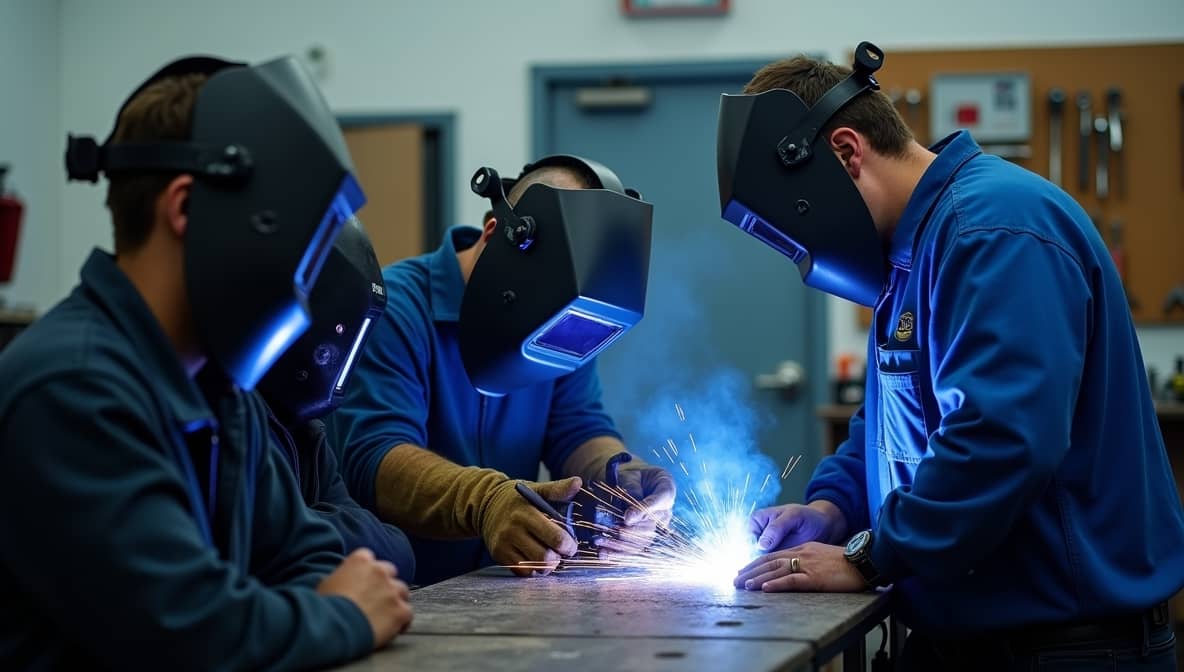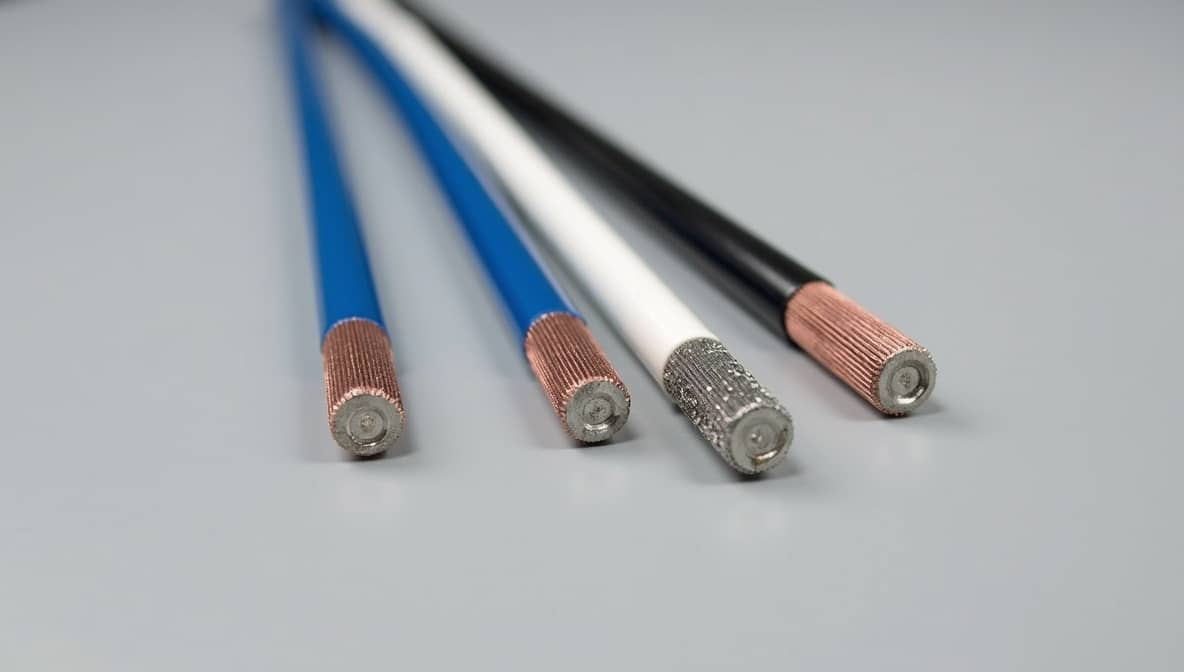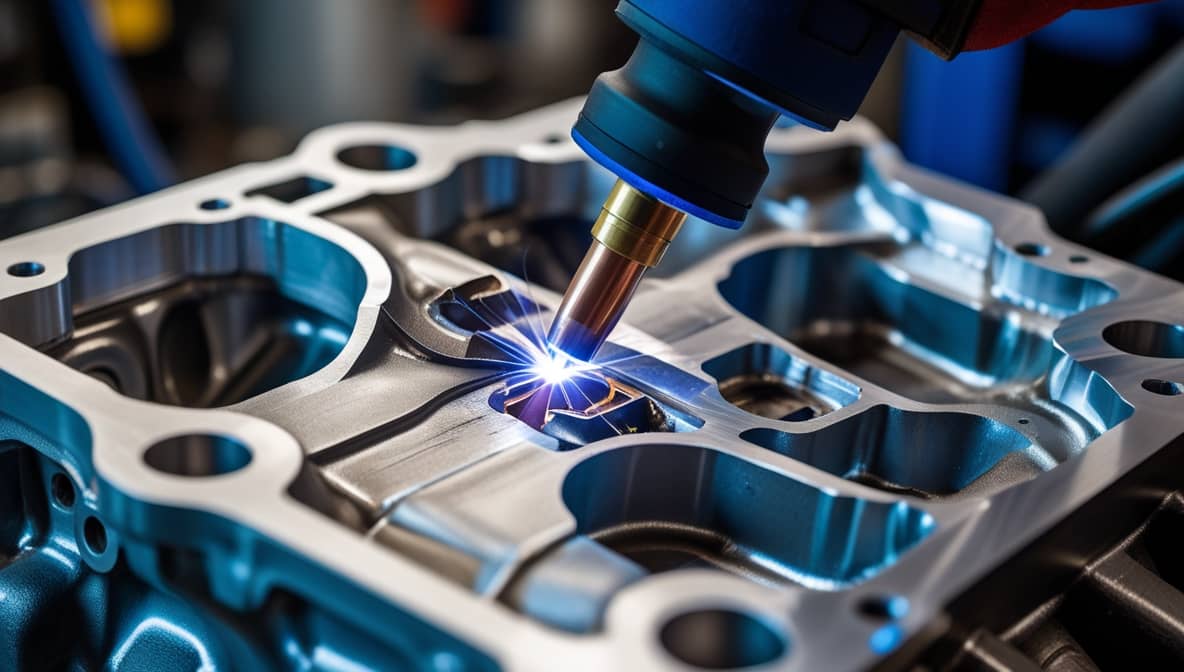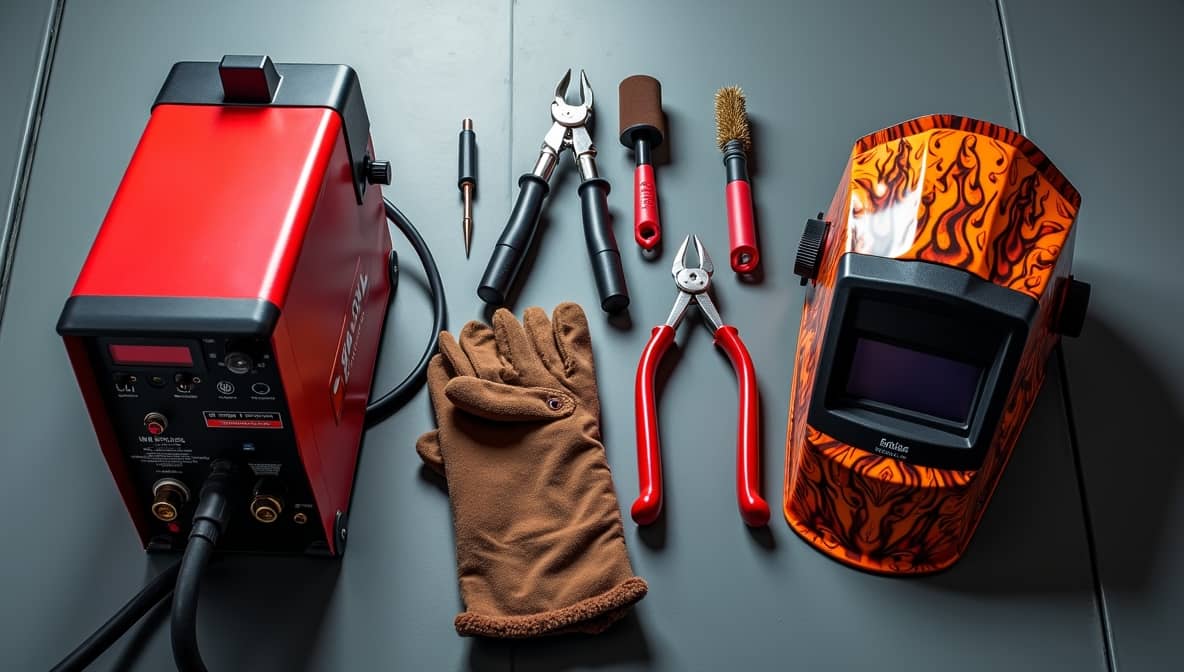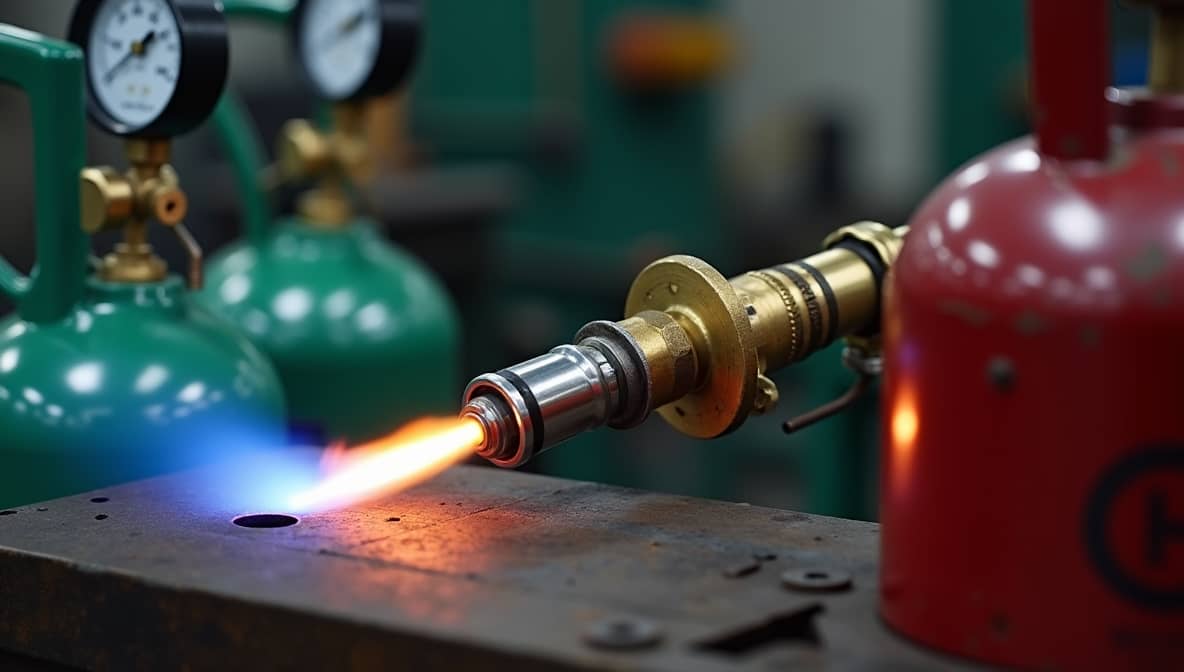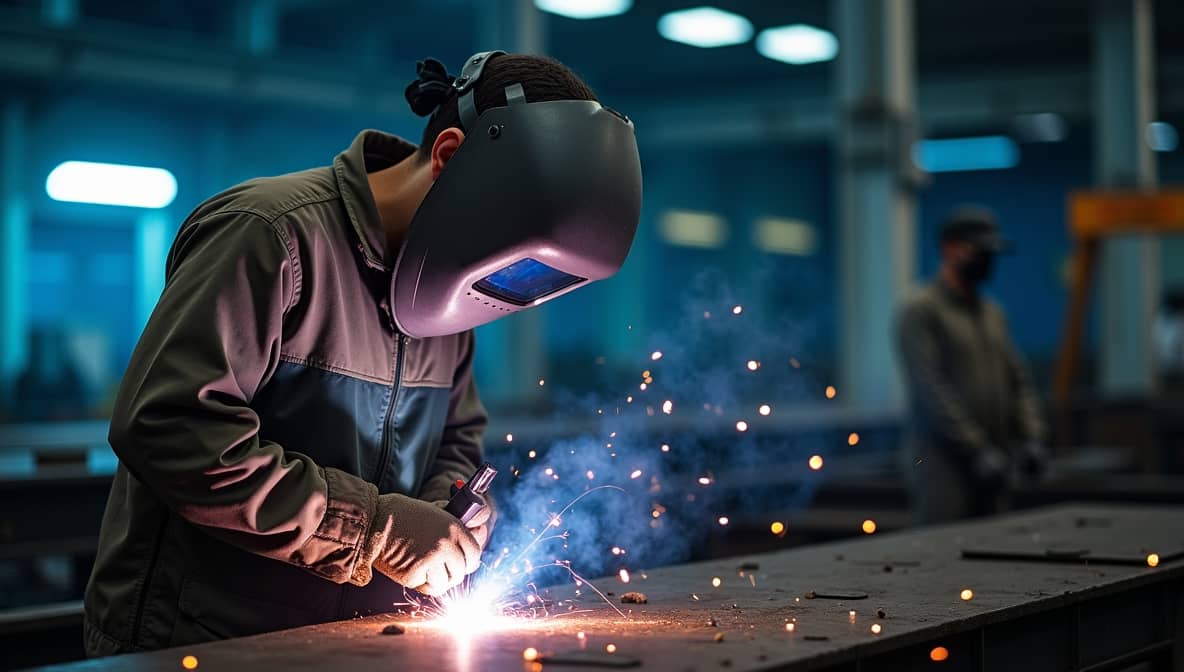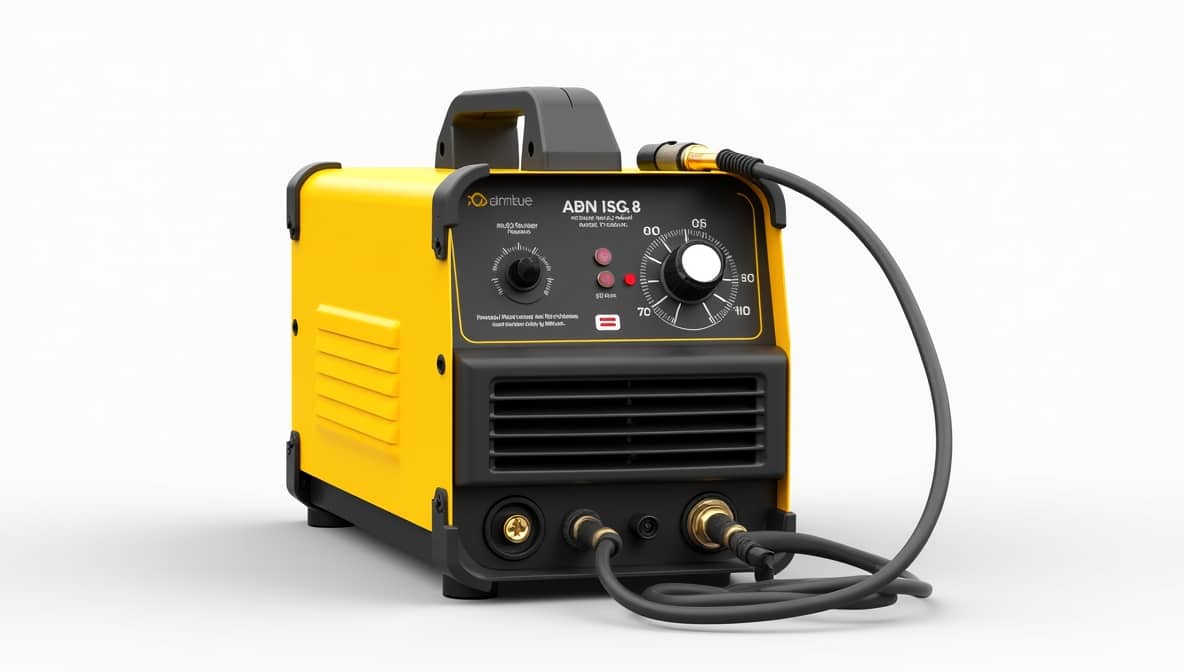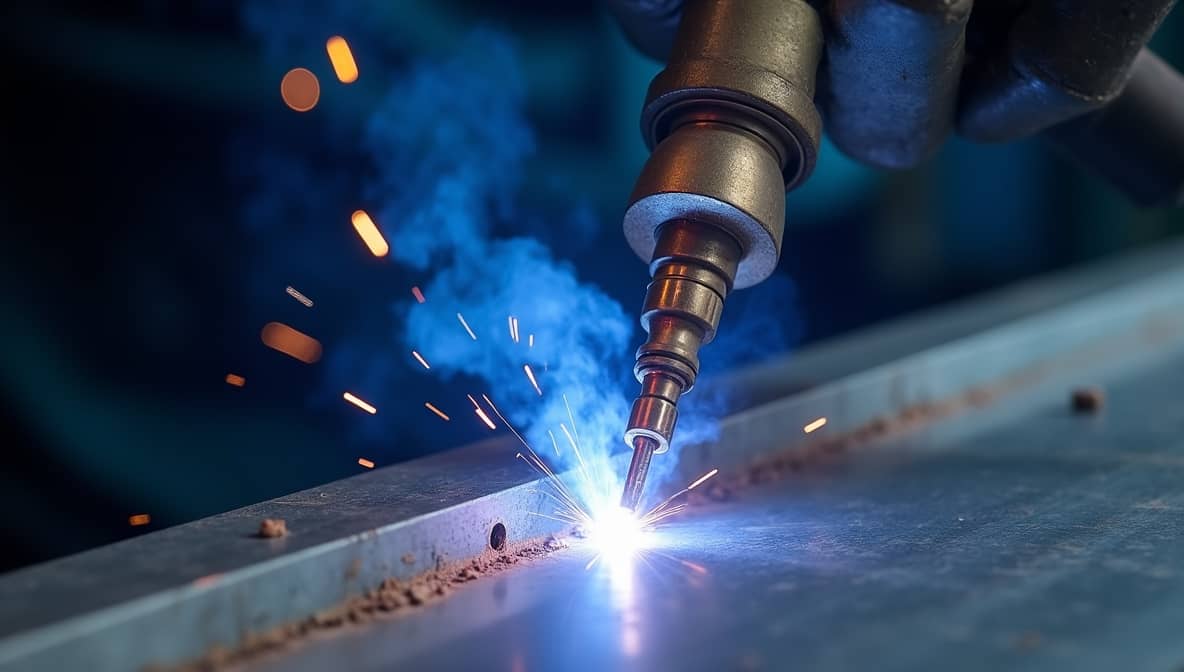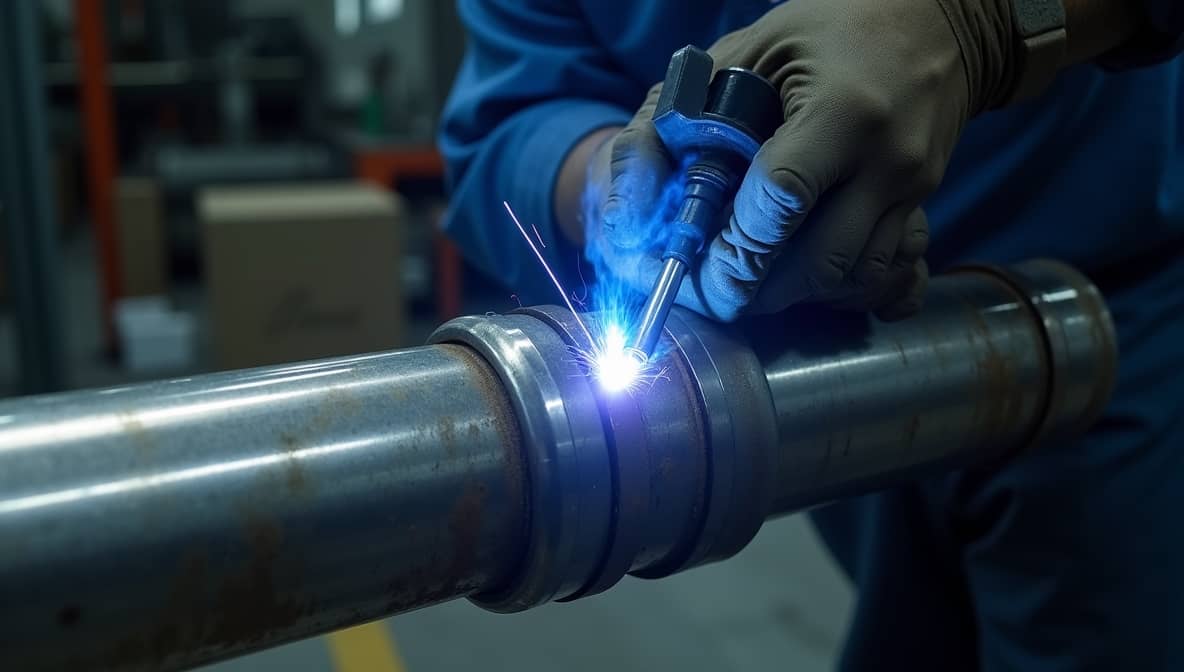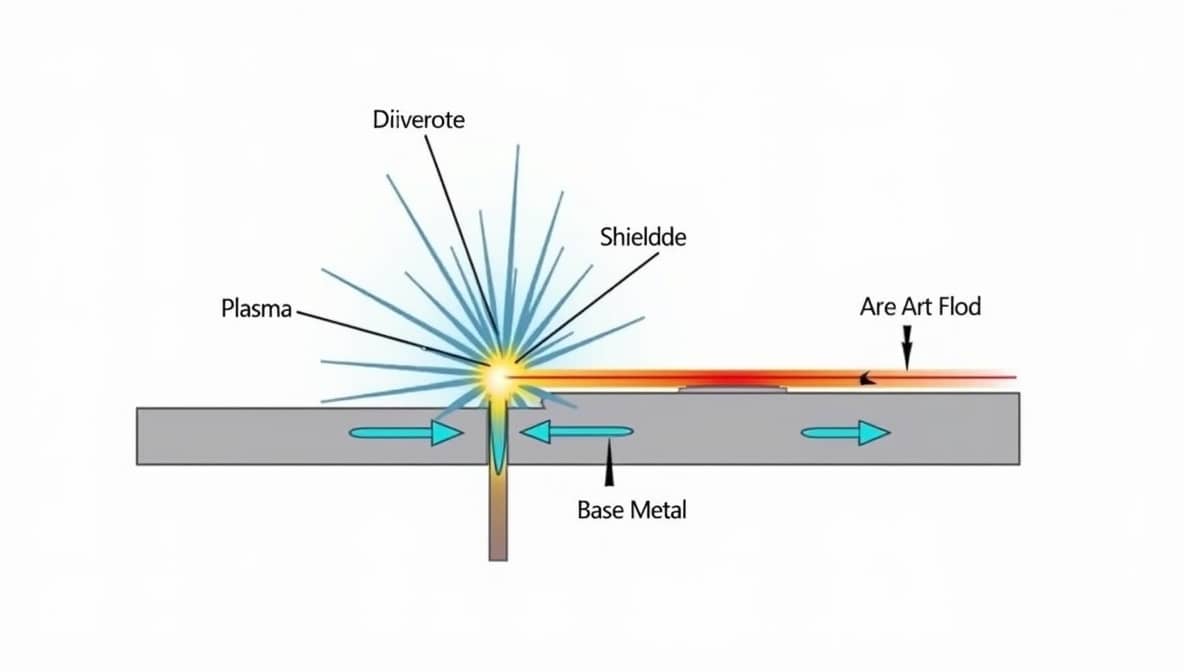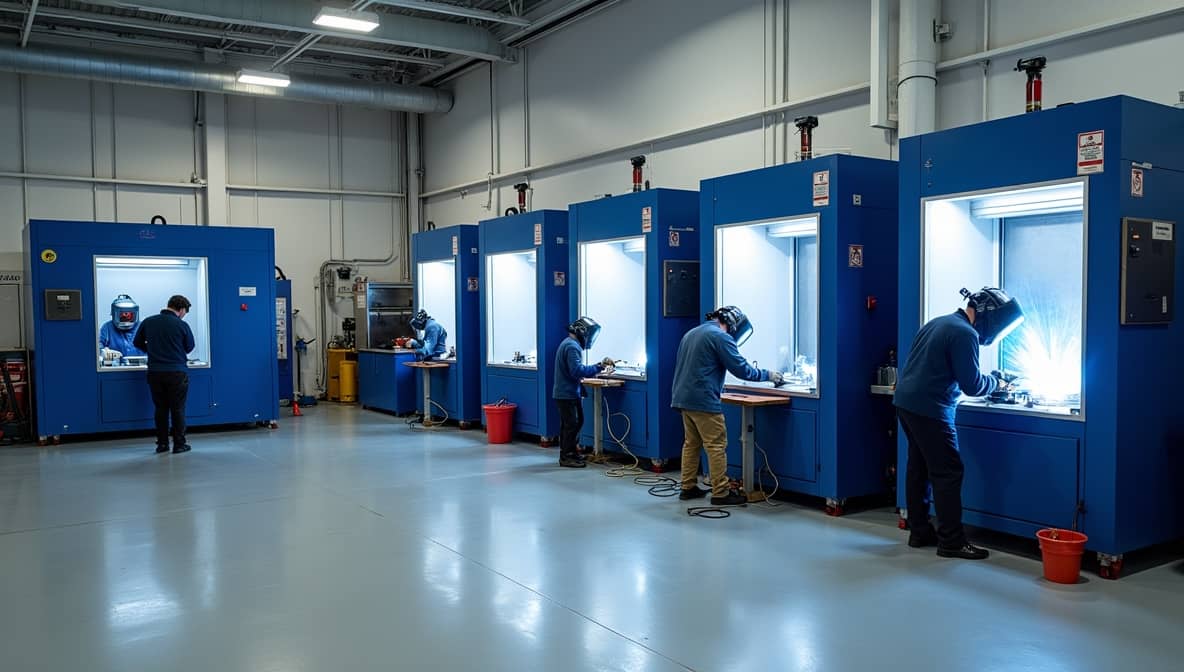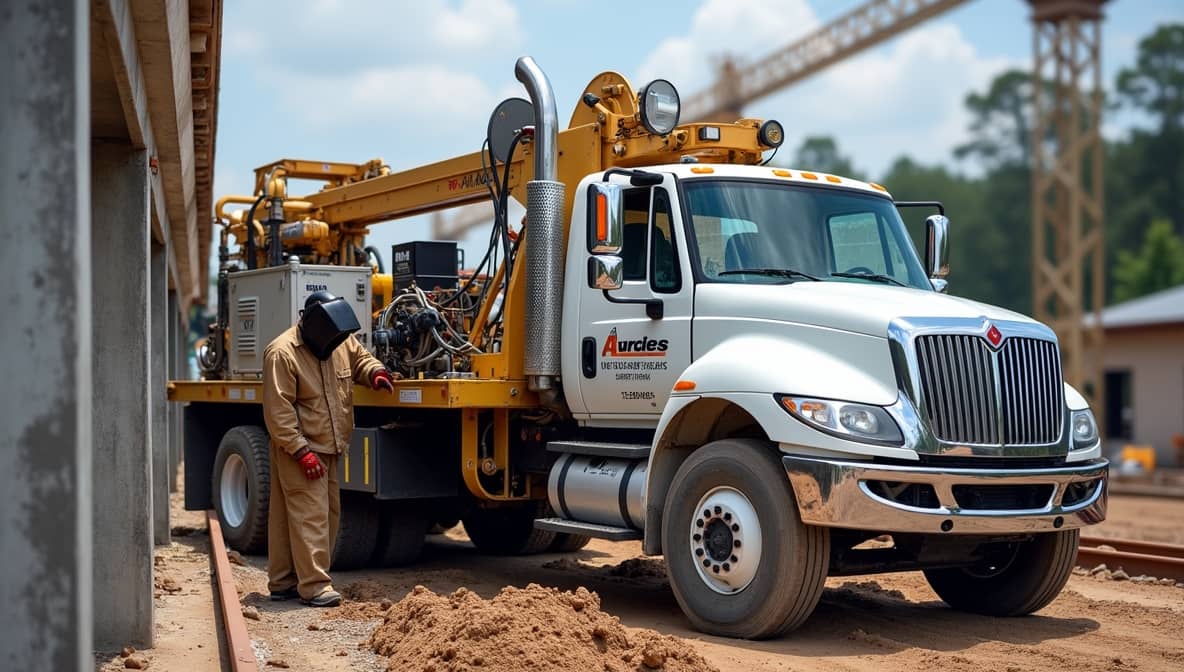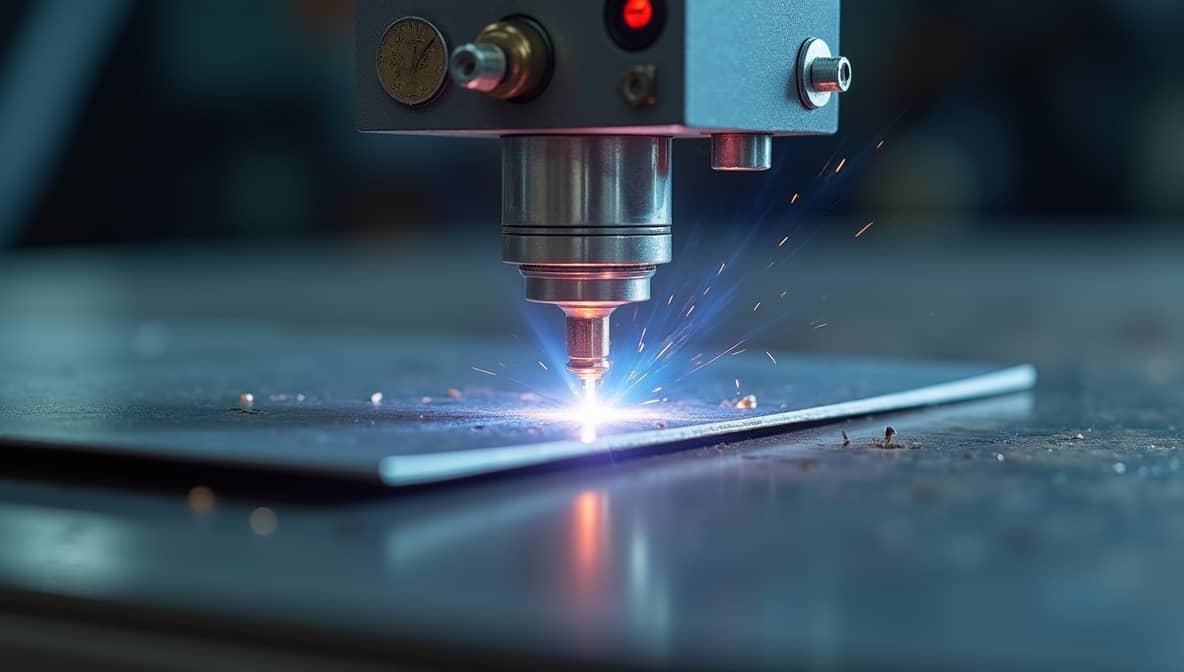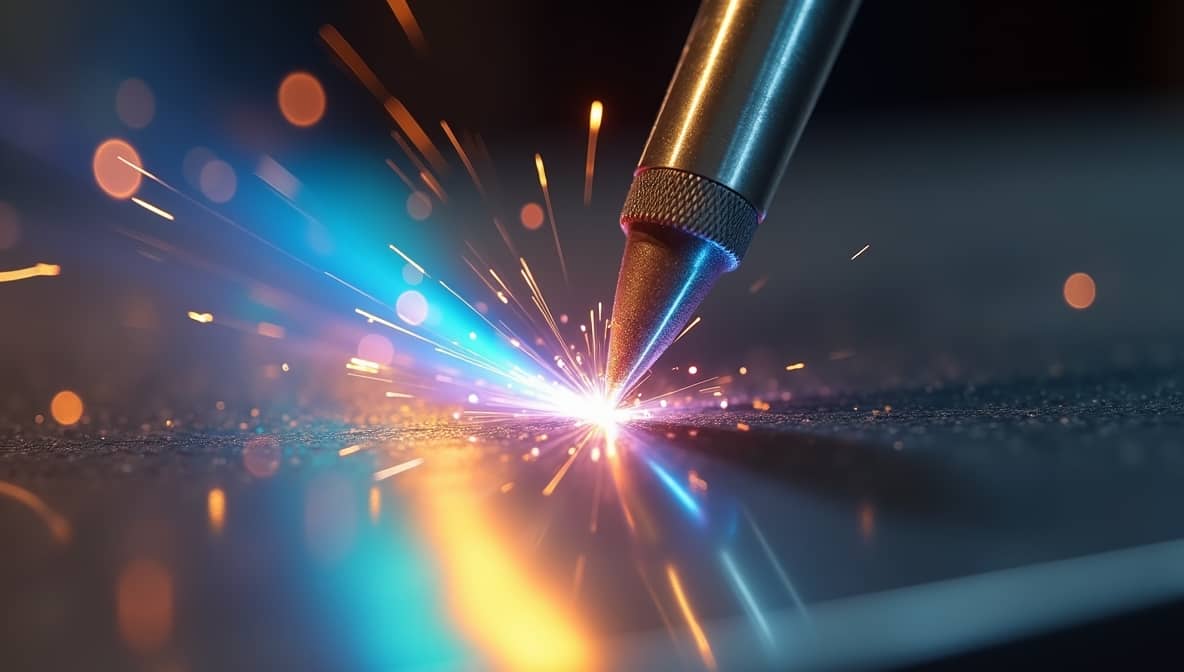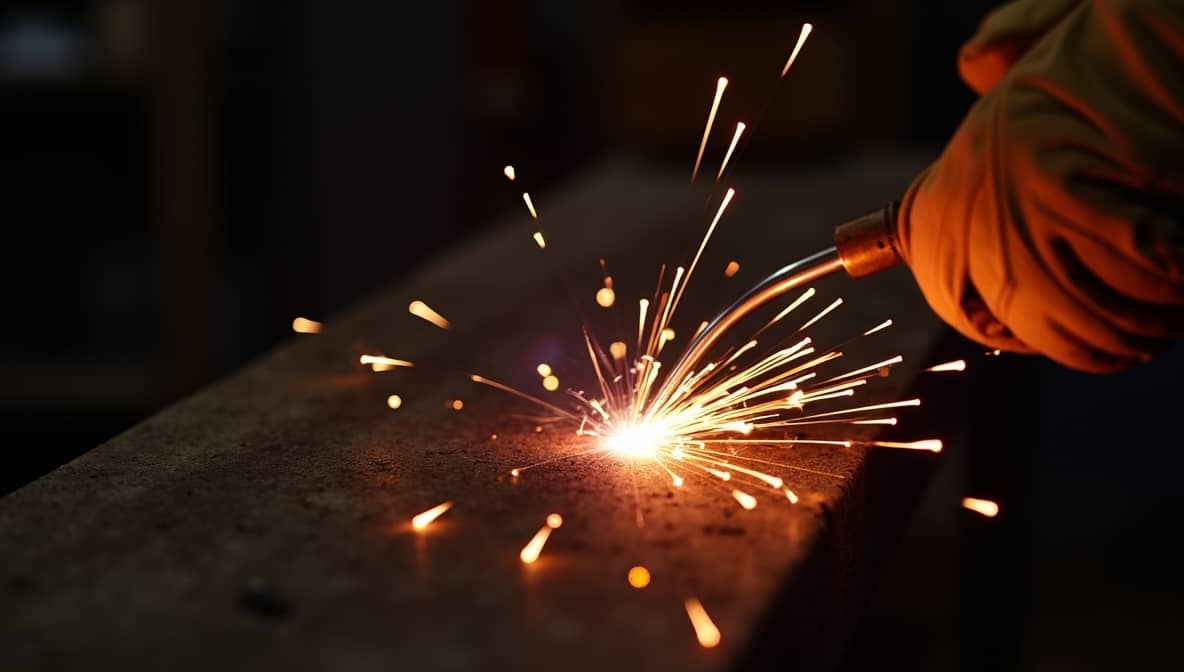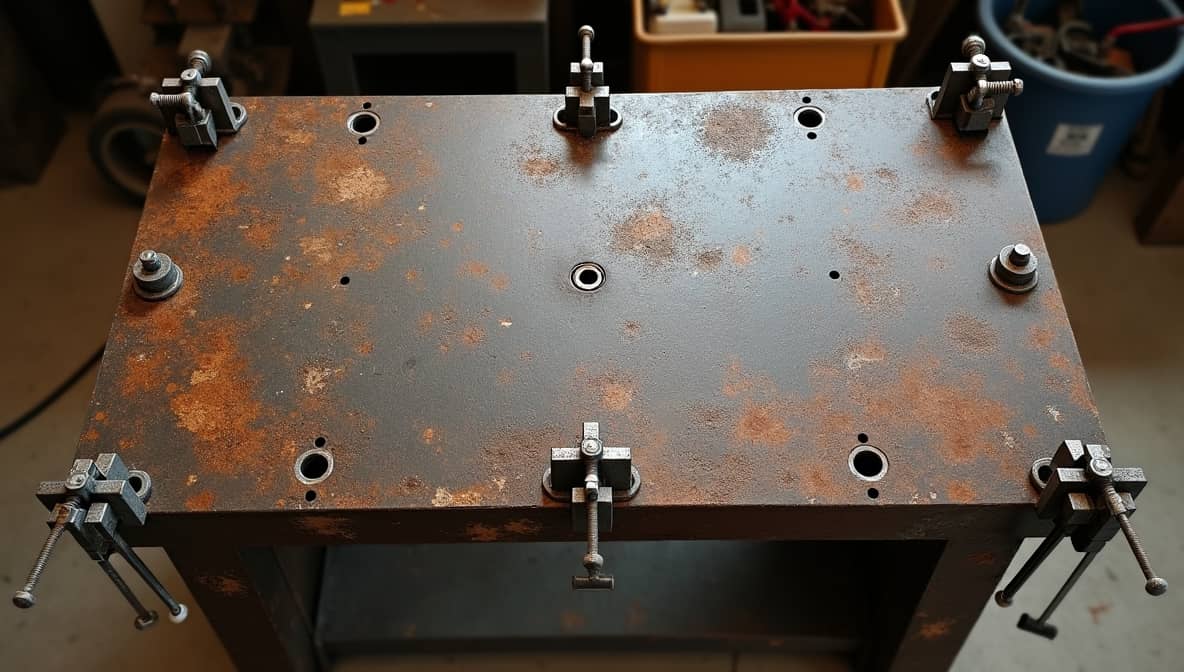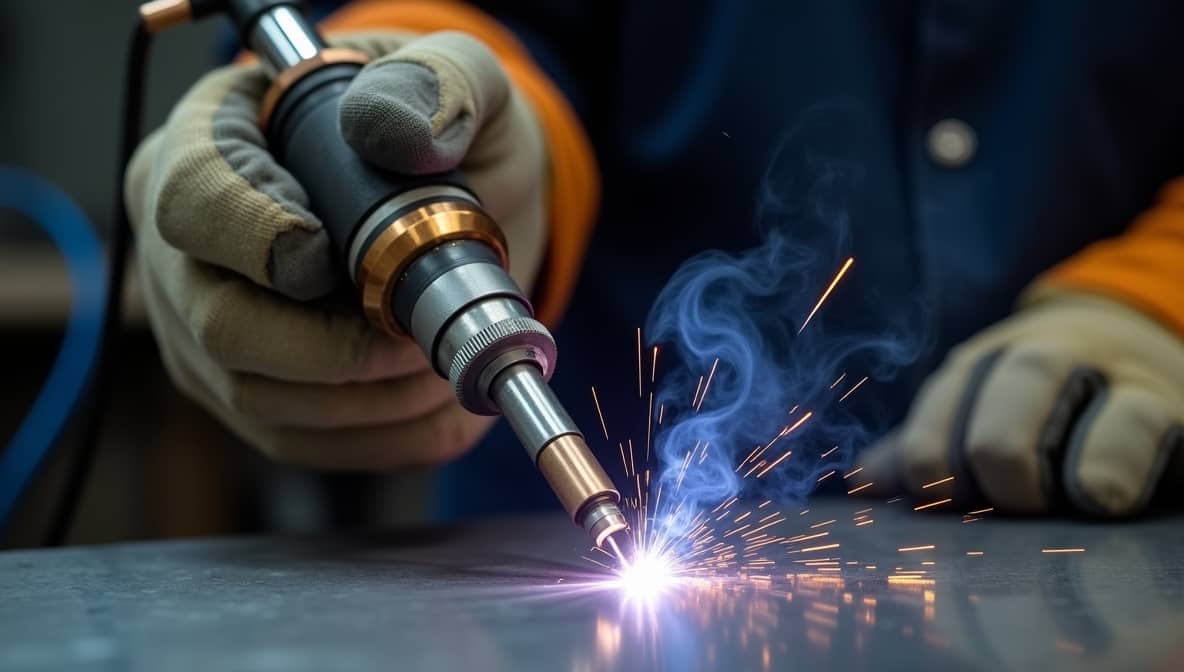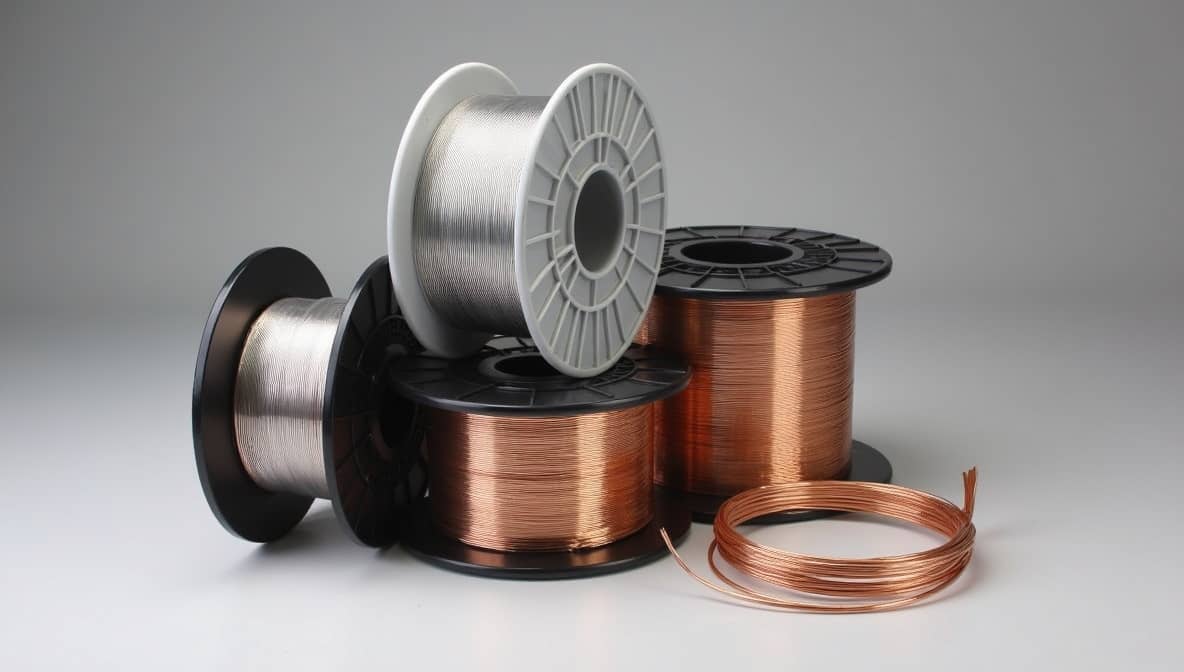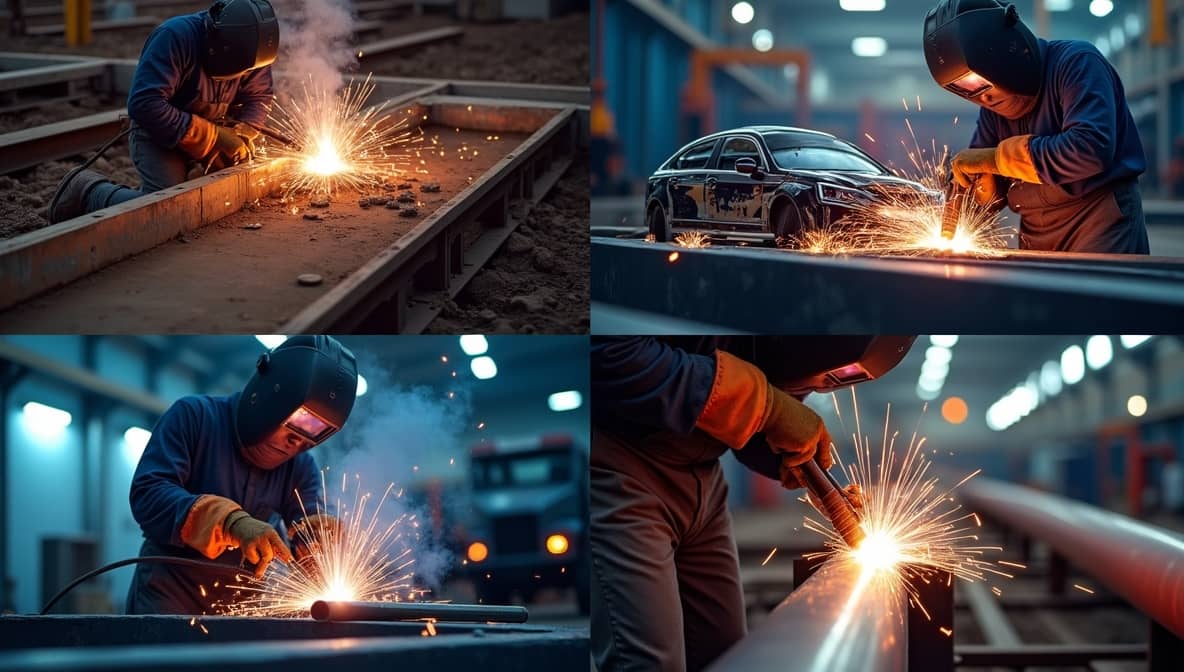Welding Wisdom for Professionals and Beginners Alike.
Start from herePrecision Welding Insights at Your Fingertips
Building Stronger Connections through Welding
Explore Welding
Discover comprehensive resources across all welding disciplines. From beginners looking to start their journey to professionals seeking advanced techniques, WeldingHubs has you covered.
Aluminum Welding
ExploreARC Welding
ExploreWelding Certificate
ExploreWelding Classes
ExploreElectrode
ExploreEngine Welding
ExploreWelding Equipment
ExploreFlux
ExploreGas Welding
ExploreHelmet
ExploreWelding Job
ExploreWelding Machine
ExploreMIG Welding
ExplorePipe Welding
ExploreWelding Process
ExploreSafety
ExploreWelding School
ExploreWelding Service
ExploreSpot Welding
ExploreStainless Welding
ExploreStick Welding
ExploreWelding Table
ExploreWelding Technology
ExploreTIG Welding
ExploreWelding Training
ExploreUnderwater Welding
ExploreWelding Wire
ExploreUses of Welding
ExploreLatest Articles
Welding Aluminum Oxidation Removal: Essential Methods for Effective Weld Preparation
To remove aluminum oxidation, use a stainless steel wire brush or apply alkaline or acid solutions. Special oxide-removal sprays are available. Follow safety precautions when using these solutions. After treatment,…
Welding Aluminum: Does It Slow Digestion? Health Risks and Techniques Explained
Welding aluminum can affect digestion. Inhaling welding smoke may cause gastrointestinal problems, like nausea, cramps, appetite loss, and vomiting. Proper techniques, such as TIG welding with controlled arc and torch…
Welding Aluminum Speed and Volts: Essential MIG Settings for Perfect Results
To weld aluminum effectively, use 0.035 solid wire and adjust your welder settings. For aluminum thickness of 0.125″, set the voltage to 18 volts and wire speed to 235 inches…
Welding Aluminum with a Spool Gun: Speed, Volt Settings, and Tips for Success
For optimal welding with a spool gun on aluminum, set a wire speed of 5 and a voltage of 60 volts. Use a gas flow of 30 CFH. Position the…
Aluminum Welding Fumes: Health Risks and Stomach Problems Explained
Prolonged exposure to aluminum welding fumes can lead to serious health effects. This includes lung damage and various cancer types. Workers may also experience metal fume fever, stomach ulcers, kidney…
Welding Aluminum: Common Questions and Answers for Beginners with Expert Insights
Welding aluminum needs special techniques and equipment. For 1/4-inch thickness, use around 250 amps; for 1/2-inch, use about 350 amps. Shield the weld with inert gas like argon. Different alloy…
Contamination’s Impact on Aluminum Weld Strength: Essential Tips for Quality Welding
Aluminum has a strong oxide layer that can affect welding strength. Clean the surface well with a wire brush and acetone before starting. Contamination raises the risk of welding defects….
Welding Aluminum in the Field: Essential Techniques, Challenges, and Best Practices
To weld aluminum effectively, use TIG or MIG welding techniques. Begin with proper surface preparation by cleaning to eliminate contaminants. Know that aluminum can lose strength when welded. Select the…
Welding Aluminum in Nashville, TN: The Best Choice for Your Metal Fabrication Needs
Our certified welders provide MIG, TIG, and Stick aluminum welding in Nashville, TN. We offer quality mobile welding for both residential and commercial projects. With over 40 years of experience,…

